3 Bed Brick Home with Beautiful Mountain Views
Here is a nice 3 BED 1 1/2 BATH Brick Home on 7.1 acres Located approximately 5 miles west of Albion, Oklahoma on Hwy 271. This place is in very good condition and is a nice quiet place, with beautiful views of the surrounding mountains. Kiamichi River is very close to the property. This place abounds with wildlife and and all the beauty that nature has to offer. Priced to sell!! Call Jimmy at 580-317-5275 to view
WHAT I LOVE ABOUT THE HOME
Beautiful views and location.
A United States Post Office was established at Tushka Homma, Indian Territory on February 27, 1885. On October 28, 1891, the spelling changed to Tushkahomma. On December 6, 1910 the official spelling changed to its present rendering, Tuskahoma. The community has also been served by post office locations at nearby Council House, Oklahoma (1872–1880) andLyceum, Oklahoma (1896–1900). Council House was located at the Choctaw Capitol Building and Lyceum was located at the former Choctaw Female Academy.[2]
Tuskahoma is a compound word meaning “red warrior” in the Choctaw language.
Tuskahoma was designated as (political) capital of the Choctaw Nation in 1882 when an Act of the Choctaw Nation dated October 20, 1882, established the community as the permanent seat of government. The Nation’s first capital after the Trail of Tears was at Nanih [Nunih] Waiyah, two miles east of Tuskahoma. [It was named after “Nunih Waiyah,” a sacred mound in Mississippi where the Choctaw brought the bones of their ancestors to rest and established the tribe. The mound was built by an earlier people, but it became sacred to the Choctaw as well.] Afterward, during a time of constitutional experimentation, the Choctaw shifted their capital from Nanih Waiyah to Doaksville, Skullyville, Fort Towson and Boggy Depot. The Choctaw wartime capital during the American Civil War was located at Armstrong Academy, also known as Chahta Tamaha.
After the Choctaw Nation decided to make Tuskahoma the permanent capitaol, it decided to construct an appropriate building to house the government. A spacious Choctaw Capitol Building was completed in the fall of 1884. It was two stories, brick, with a garret under its French mansard roof. Many called it the finest building in the Indian Territory. It included large rooms for the Senate, House of Representatives, and Supreme Court. Also included was an Executive Office for the Principal Chief, or Governor, of the Choctaw Nation, five smaller rooms for the national officers, and five committee rooms. It was heated by numerous fireplaces.[3]
Almost immediately a bustling town sprang up by the Capitol building. Several hotels, boarding houses, barber shops, stores, blacksmith shop, photographer’s tent, and homes were built. But when the St. Louis and San Francisco Railway built its tracks through the Kiamichi River valley in the mid-1880s, they ran two miles to the south of the Capitol. Business flocked to the vicinity of the new Tuskahoma railroad station and the Capitol precinct was abandoned, except during sessions of the government.[5]
This twist of history altered Tuskahoma’s prominence. The Choctaw Nation constitution directed the constitutional officers, such as Principal Chief, National Secretary, National Treasurer, National Auditor and National Attorney to reside “at or near the seat of government”, but this provision was never enforced. During the National Council’s first session in its new Capitol, the principal chief of the day, J.F. McCurtain, proposed building five homes on the site to accommodate the national officers, but this was never done.[5]
In addition to serving as a government center, Tuskahoma was also intended to be a cultural center and was the location of the Choctaw Nation’s national girls’ school. Tuskahoma Female Academy [or Institute] opened in 1892 at nearby Lyceum with Peter J. Hudson serving as superintendent. The academy, also known as the Choctaw Female Academy, occupied a classical-style two-story colonnaded building. It burned in 1925 and was not rebuilt. [Noted Choctaw educator Anna Lewis, who had attended the school, bought the site and used materials from the ruins to build her family home, which she called Nunih Waiyah.[6]] From that time forward Tuskahoma’s role as a center of education ceased.[7]
Tuskahoma’s new site along the railroad prospered, and became a vibrant community and trading center. Banks, hotels, stores, churches, a school, and numerous homes lined its commercial district and residential streets. Its importance began to wane during the middle and later years of the 20th century, as commerce shifted to nearby Clayton, Oklahoma or elsewhere, following the construction of highways and shifting of transport off the railroads.[8]
Prior to Oklahoma’s statehood, Tuskahoma and the Choctaw Capitol Building were in located in Wade County, Choctaw Nation. More information on Tuskahoma may be found in the Pushmataha County Historical Society. source wikipedia
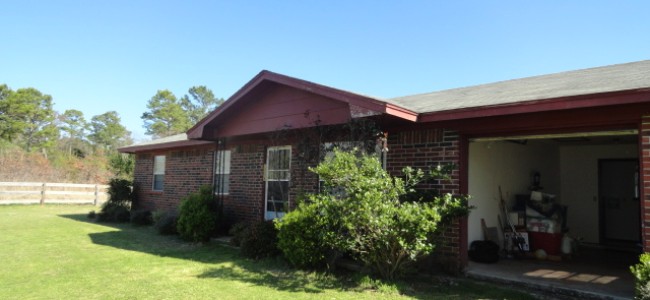
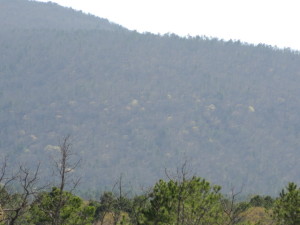
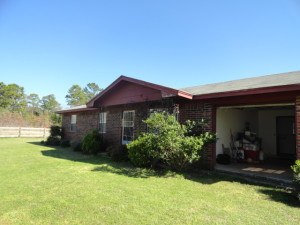

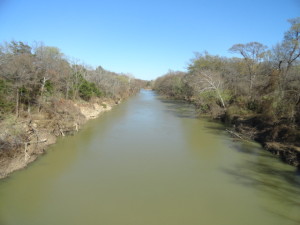
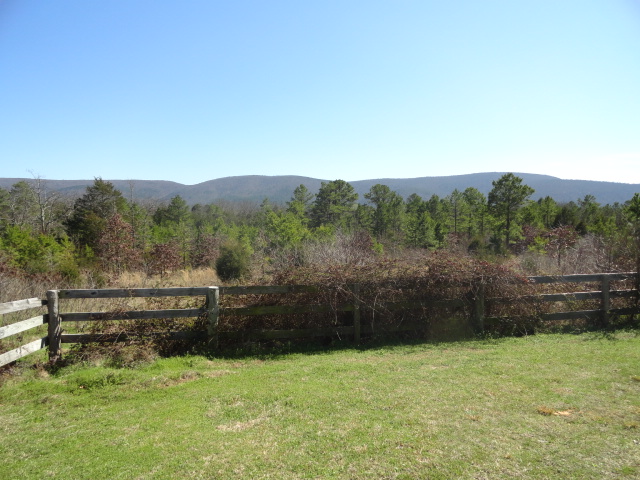
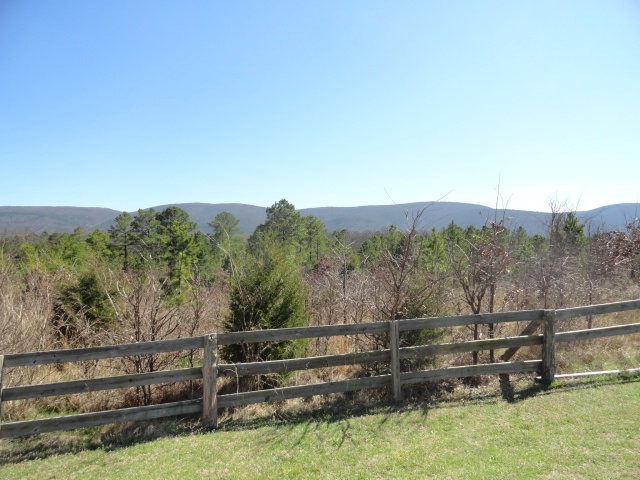
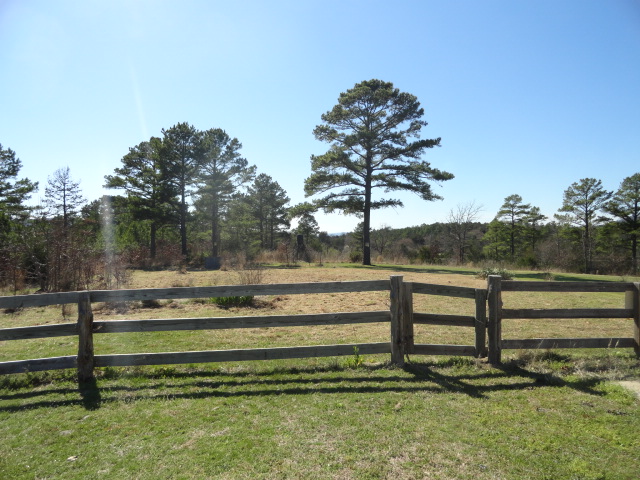
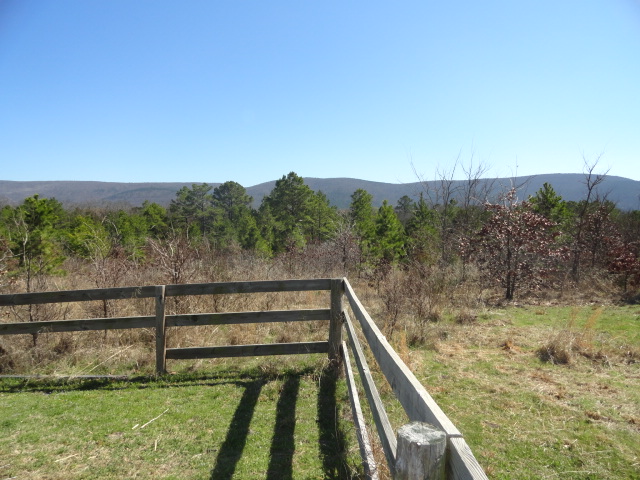
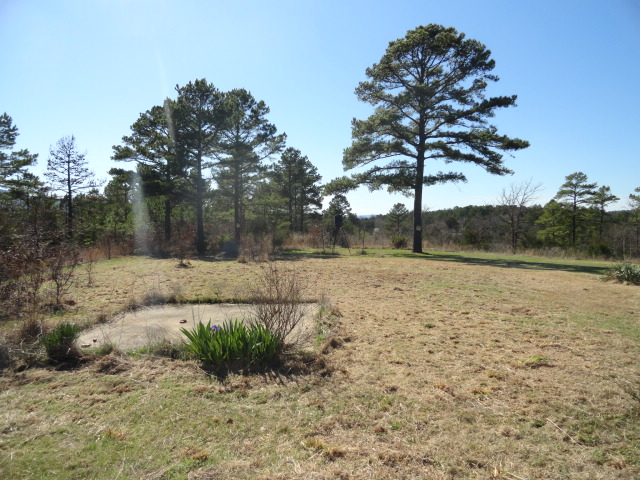
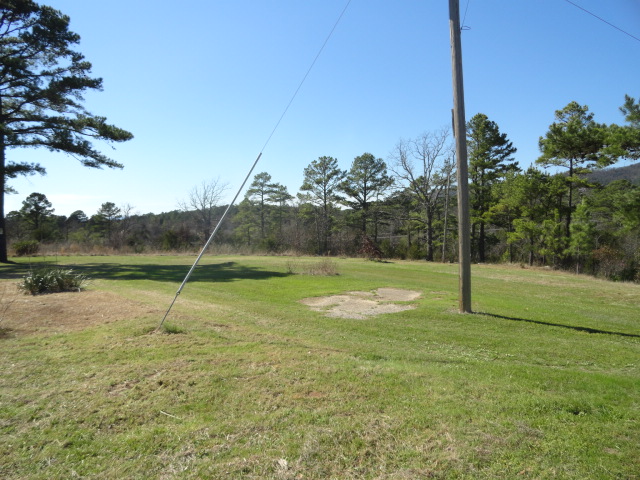
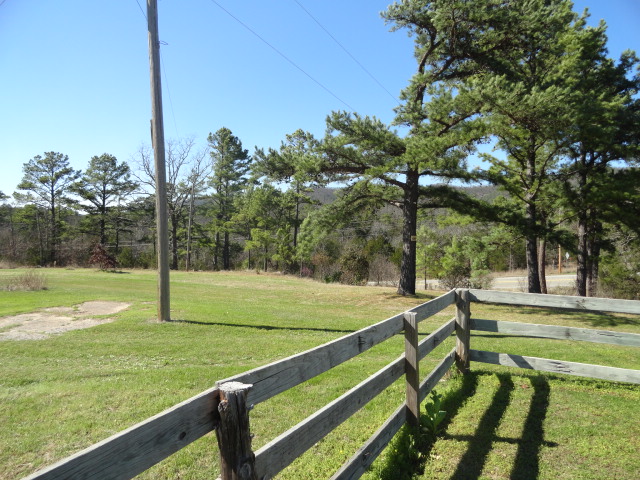
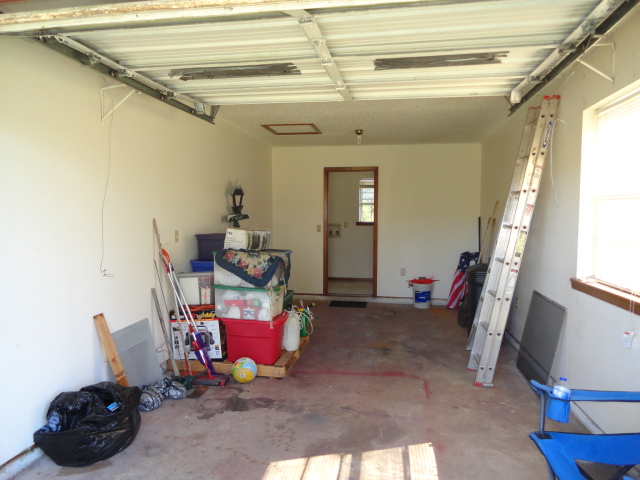
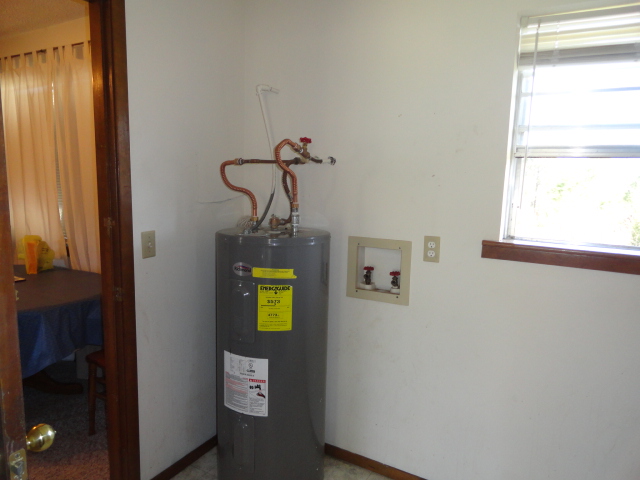
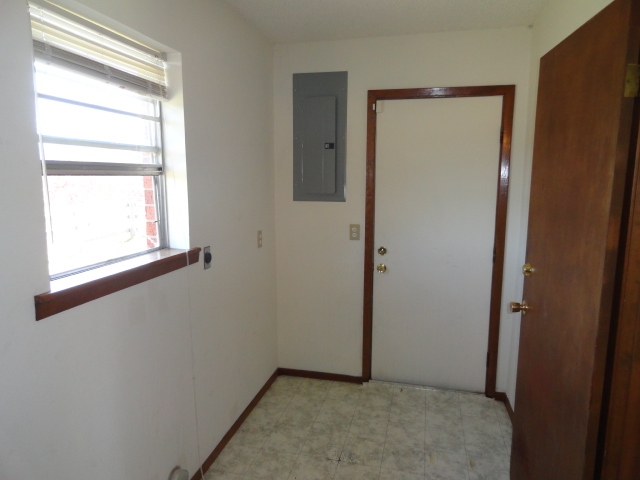

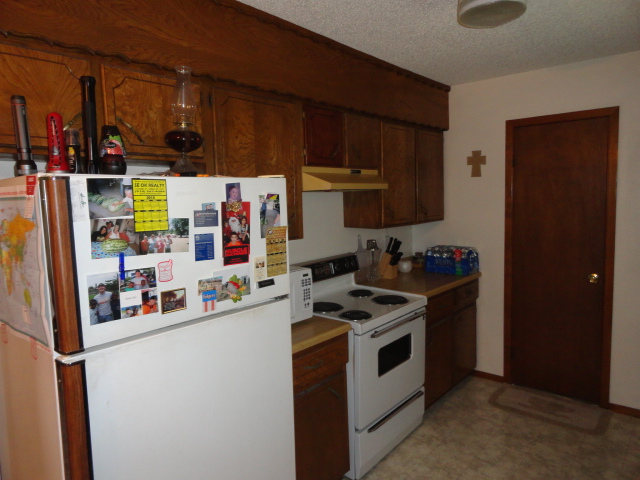
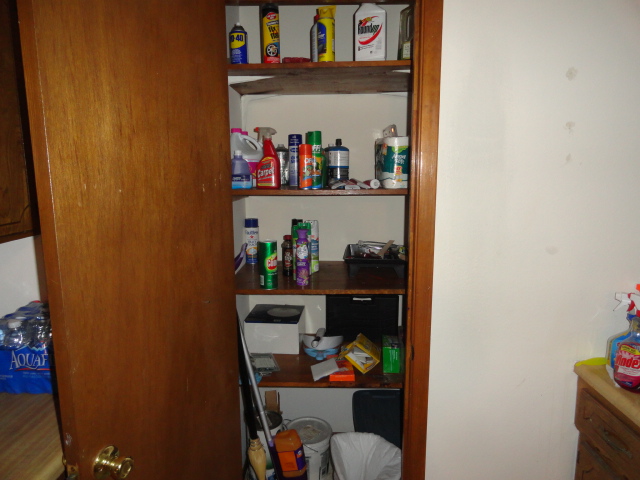
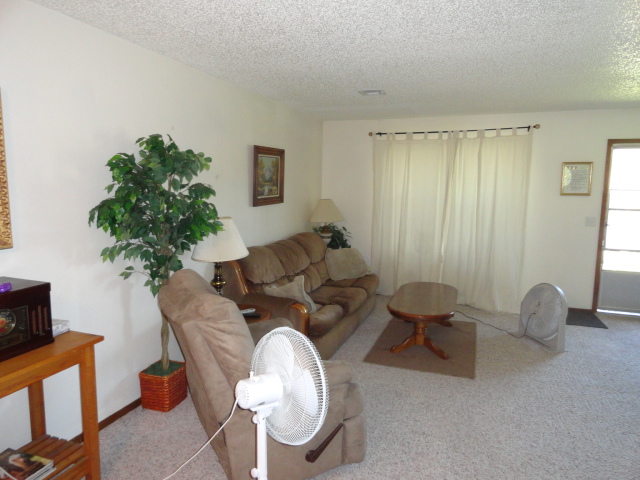

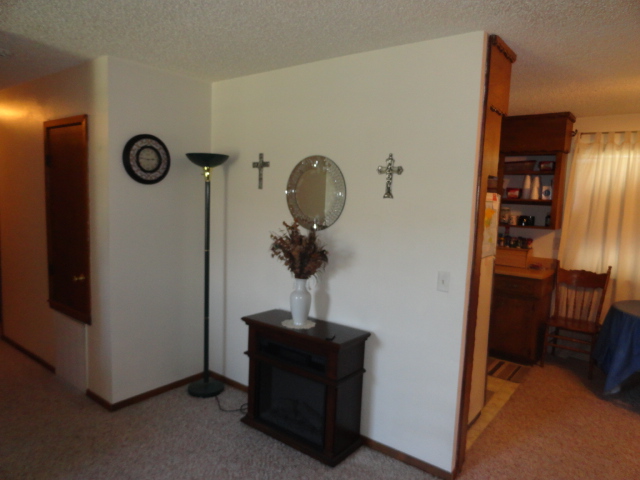
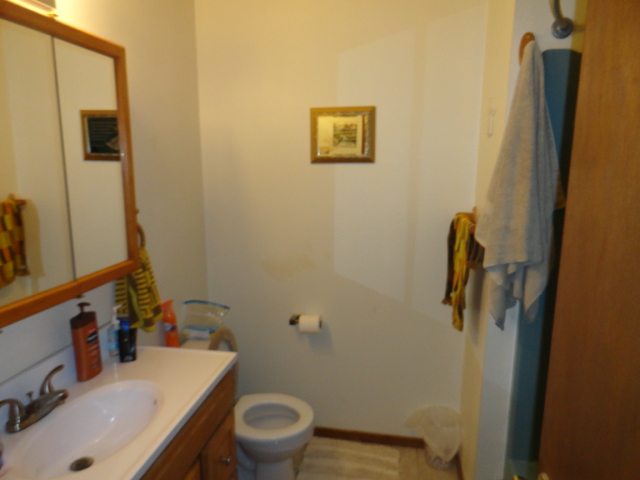
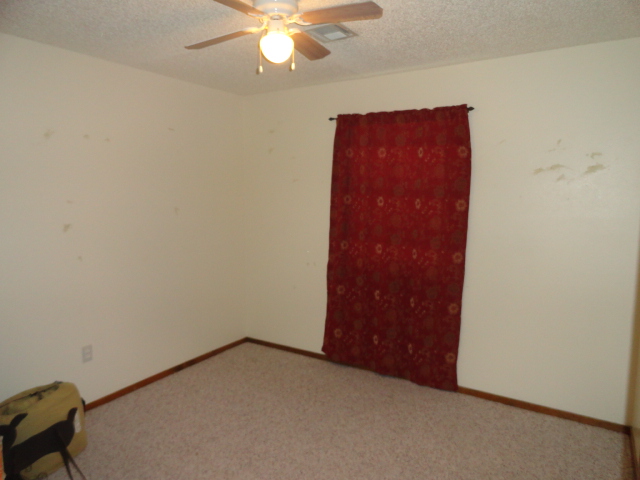
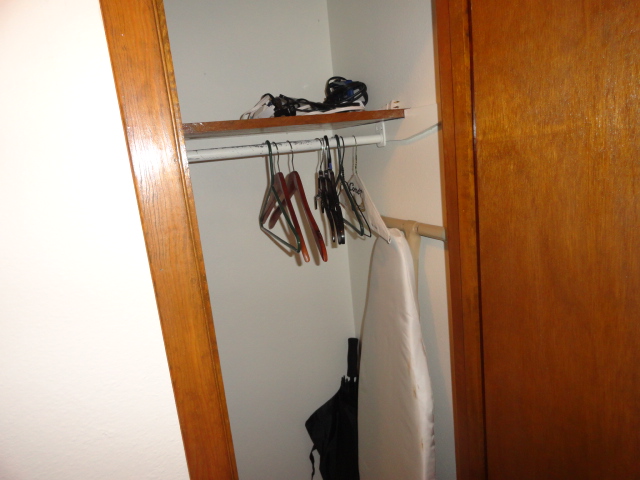
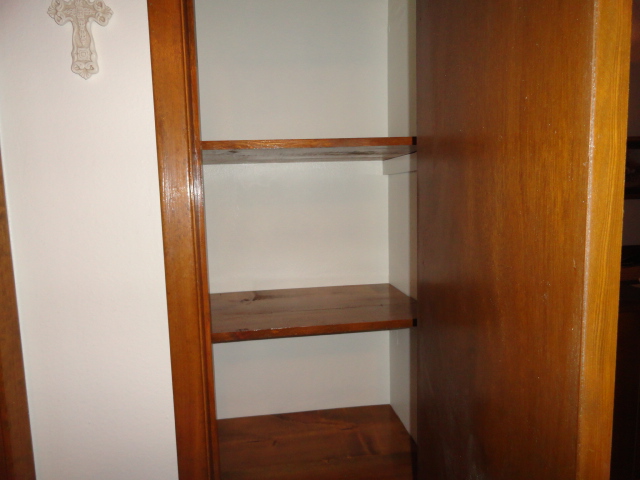
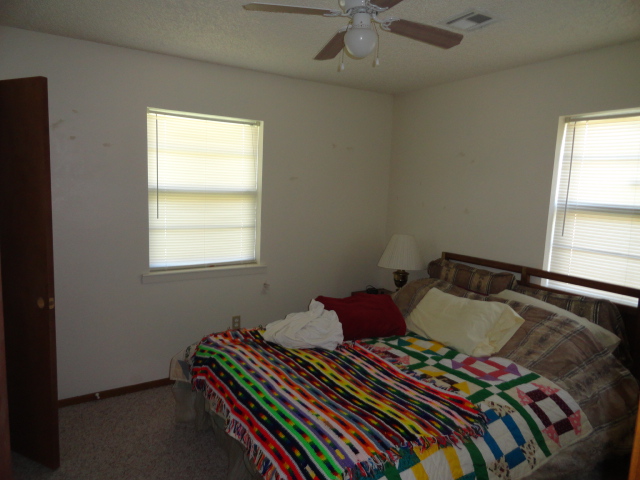
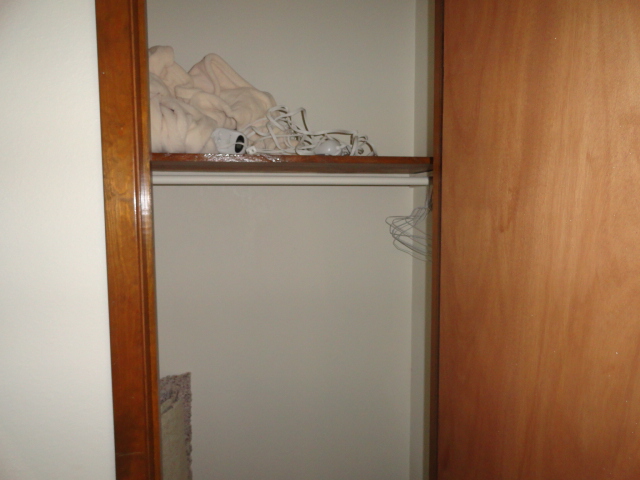
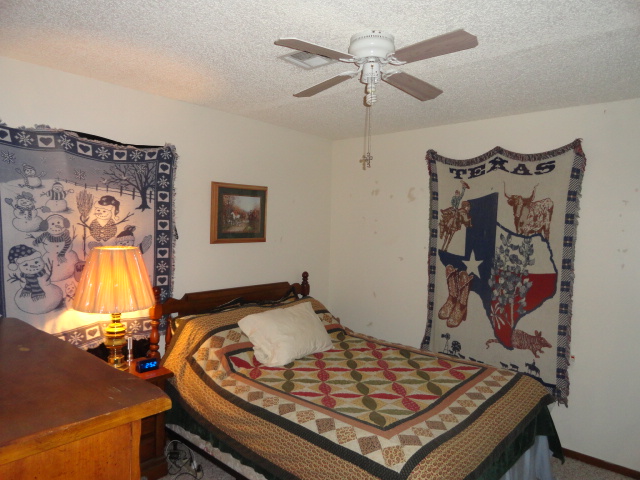

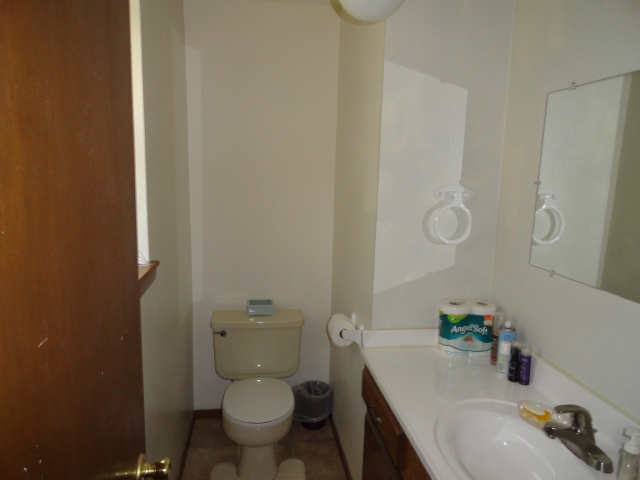
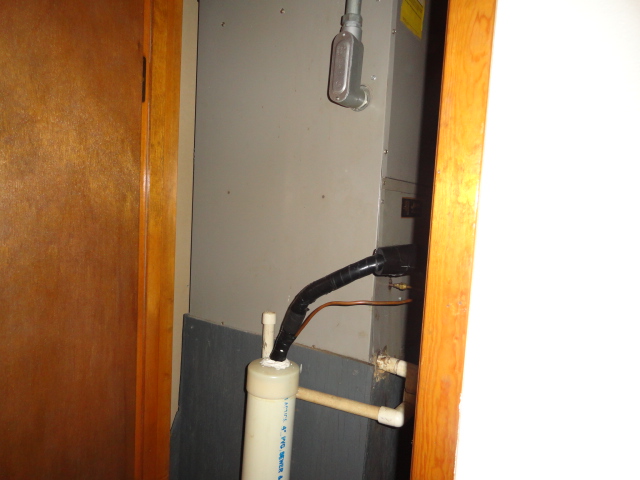
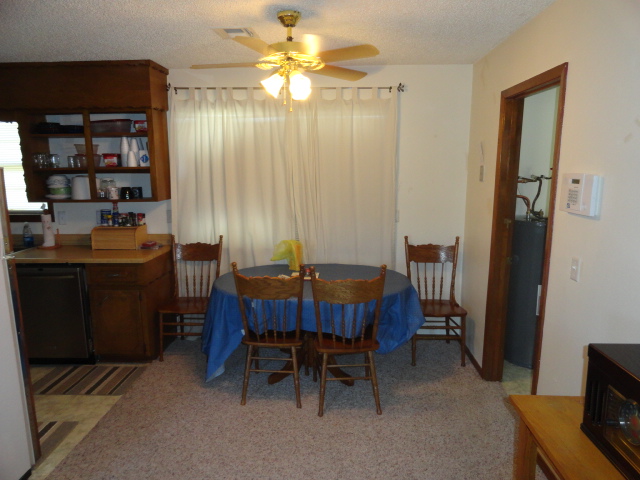
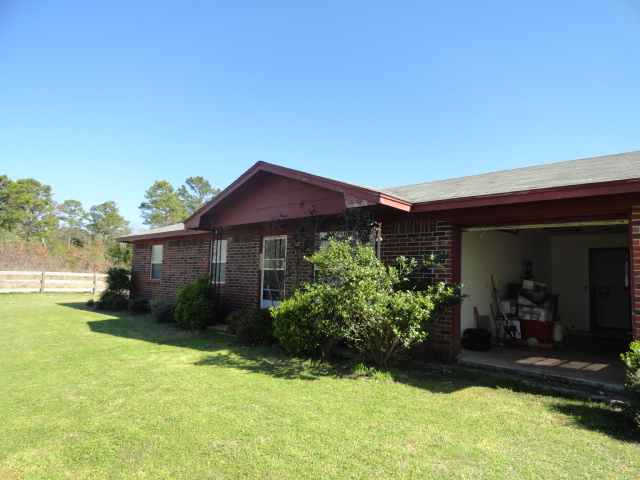
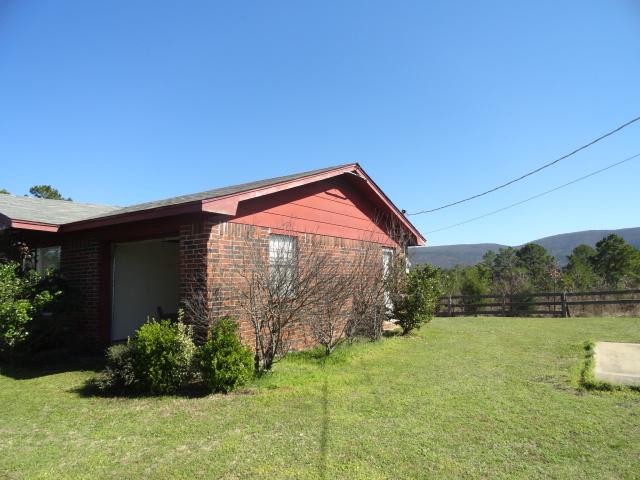
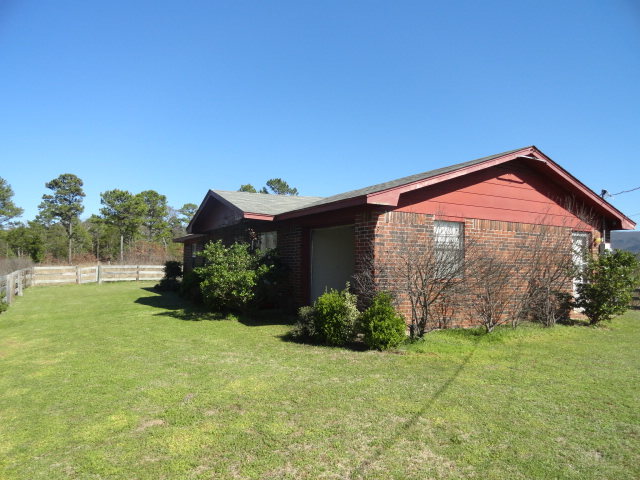
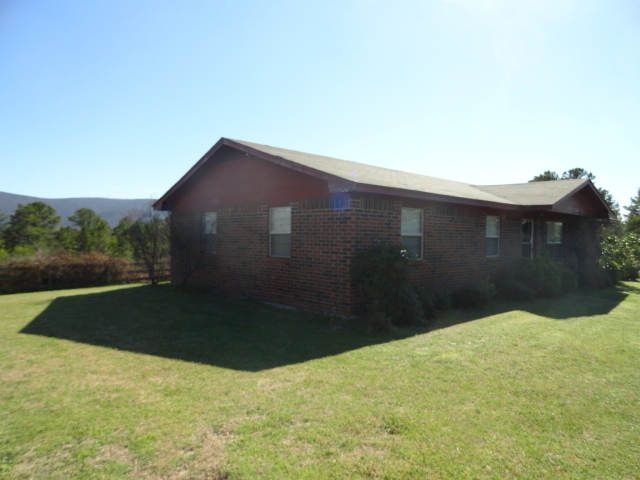
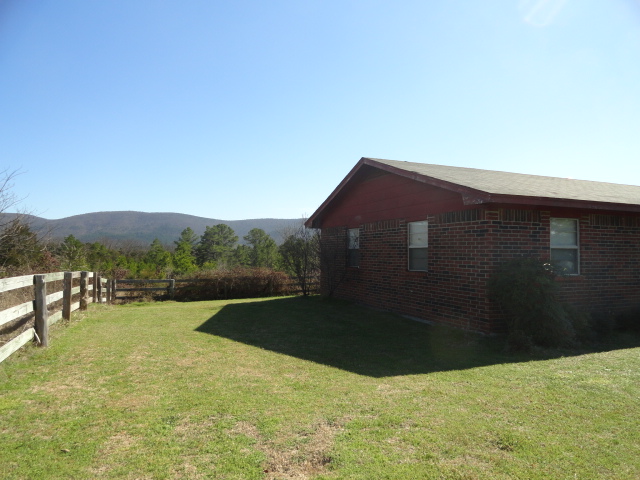
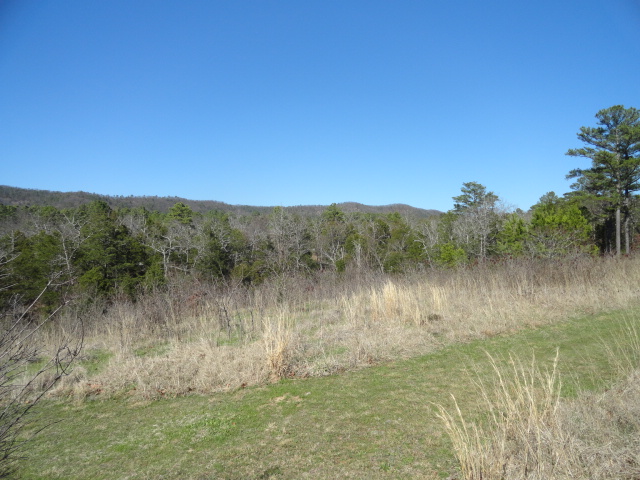
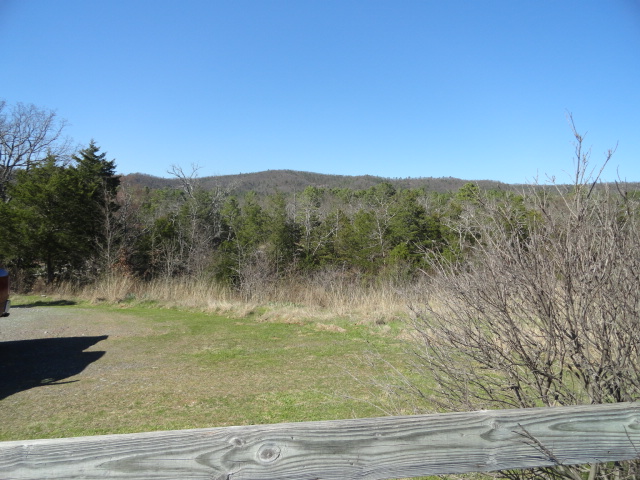
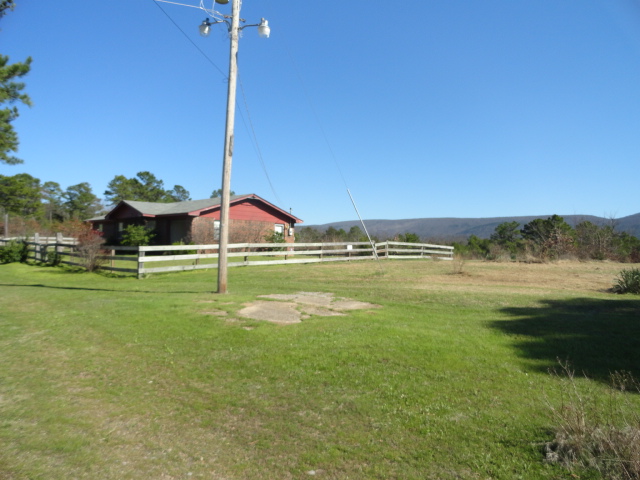
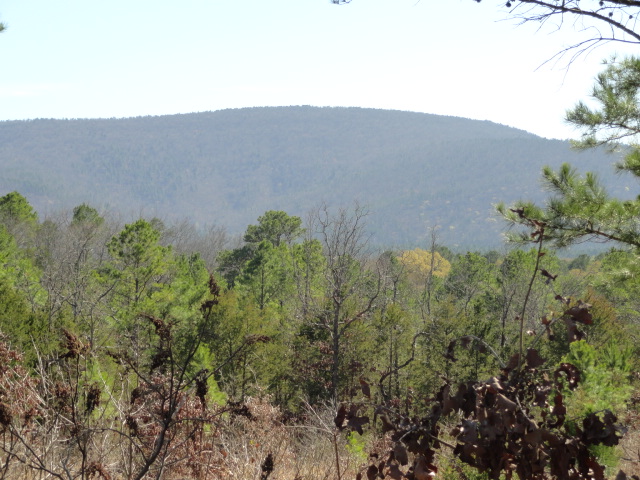
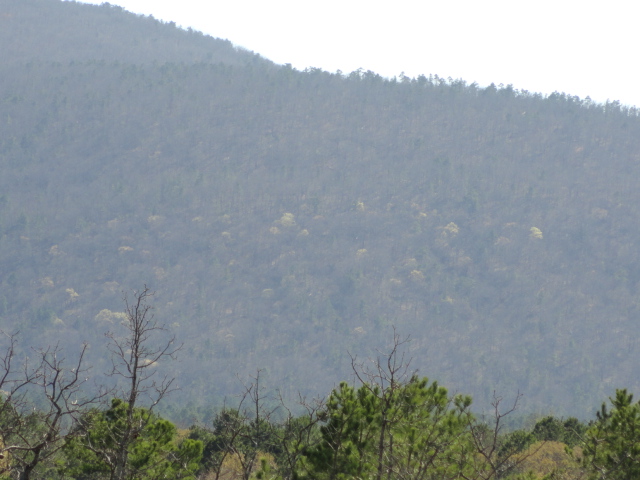

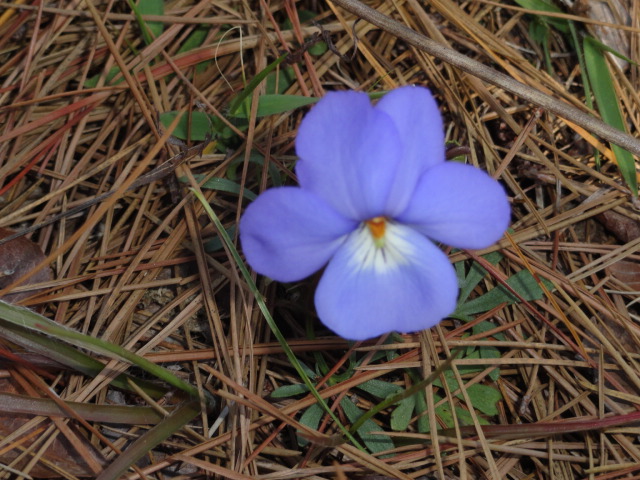
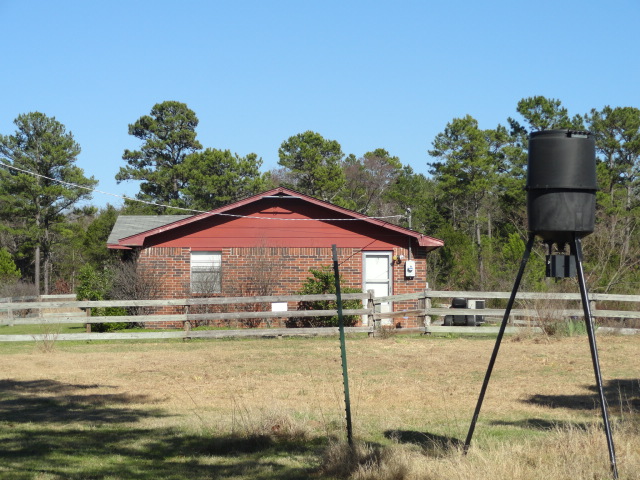
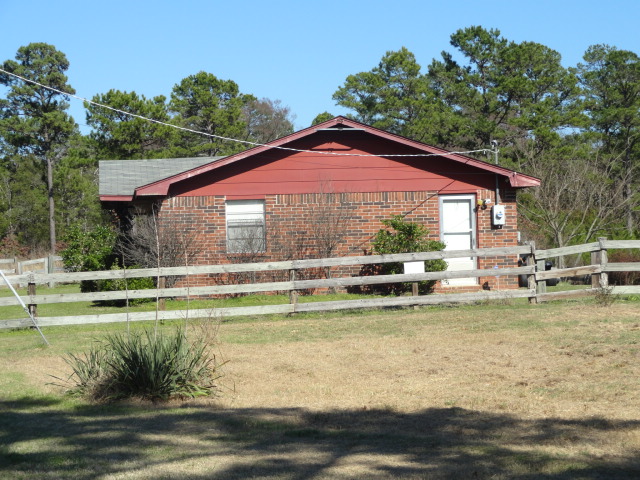
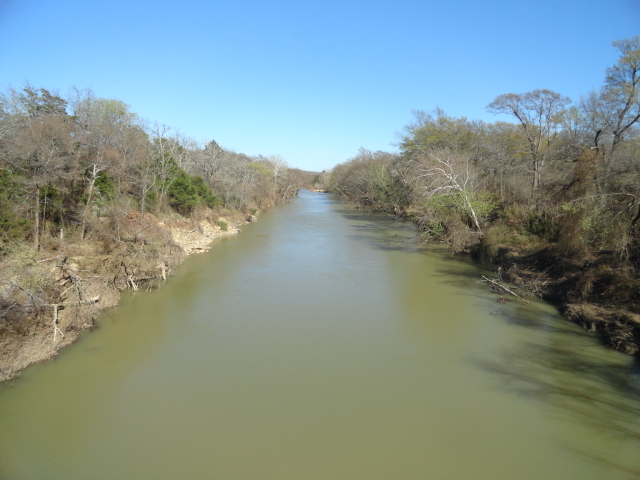
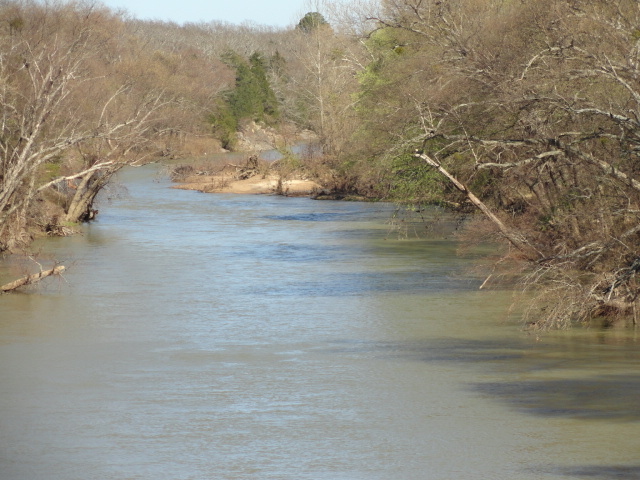
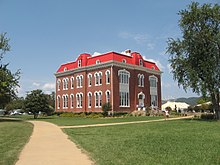




 Southeast Oklahoma Real Estate at its BEST. Located in Choctaw County Oklahoma...
Southeast Oklahoma Real Estate at its BEST. Located in Choctaw County Oklahoma...